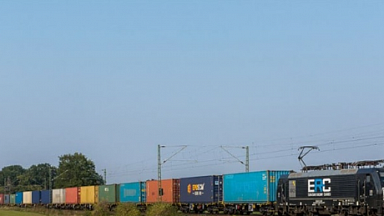In 2023, China made significant strides in the European automotive market by increasing its exports, particularly in the new energy vehicle sector. Tthe export of NEV reached a record 1.2 million units, with a 77.6% annual growth rate. With the ambitious green transition agenda, the EU becomes China’s largest electric vehicle export market. To conquer the European automotive market, China is not only developing its exports, but also investing locally, with a consequent reorganization of its supply chains.
Chinese investment expanded from car parts (such as batteries and tires) to vehicle production. The production localisation is anticipated to attract further Chinese upstream suppliers into Europe to shorten the supply chain. It should be noted that the leading carmakers behind Chinese EV exports to the EU and the companies seeking to localise production do not entirely overlap.
Chinese EV exports to Europe are primarily fuelled by off-shoring production activities, but also by established European brands that have been acquired by Chinese automakers.
In contrast, localisation in Europe is an implementation of a nearshoring strategy led by Chinese brands that are still unfamiliar to European consumers.
Despite noticeable strides made by Chinese brands in the European market, their sales are still below those of the European brands acquired by Chinese companies.
Moreover, with the foreseeable tightening of regulations targeting the Chinese-manufactured EVs in the European market, localisation becomes imperative to secure better market access.The fierce domestic market competition is another crucial factor in Chinese companies’ push for overseas expansion.
Chinese automotive supply chain localisation in the EU is likely to generate new intra- and inter- Europe trade flows. In the past five years, Hungary as an example has absorbed most of the Chinese investment in the automotive industry, which resulted in the tightened trade connection in the Hungarian imports of Chinese car parts.
Despite facing competition from established European brands, Chinese automakers made progress in the European market, with Hungary emerging as a major supplier not only of batteries for electric vehicles, but also of electric vehicles.
Of course, the Chinese influence in Hungarian EV exports is likely to take time to manifest itself and the number of Hungarian exports of EVs remains marginal in comparison to major European auto manufacturing countries. Nonetheless, we can already observe a jump since 2022, with burgeoning exports to the German market.
The country has potential for railway transport as well: in line with the EU Green Deal, Hungary’s geographic location sheds light on the opportunity of utilising these transportation modes to support the growing trade activities surrounding its automotive industry. The ambition is also to make the terminal in Debrecen the largest intermodal industrial terminal in Eastern Europe.


